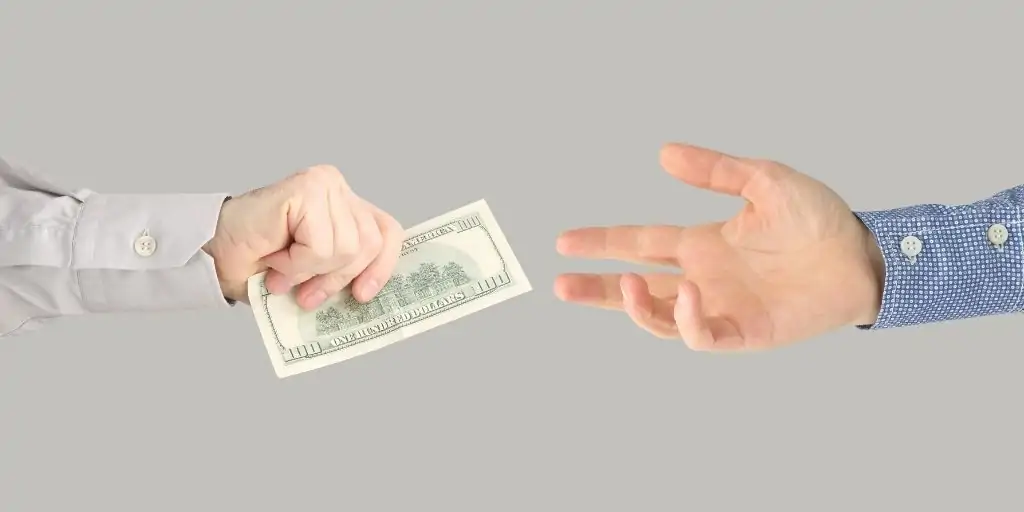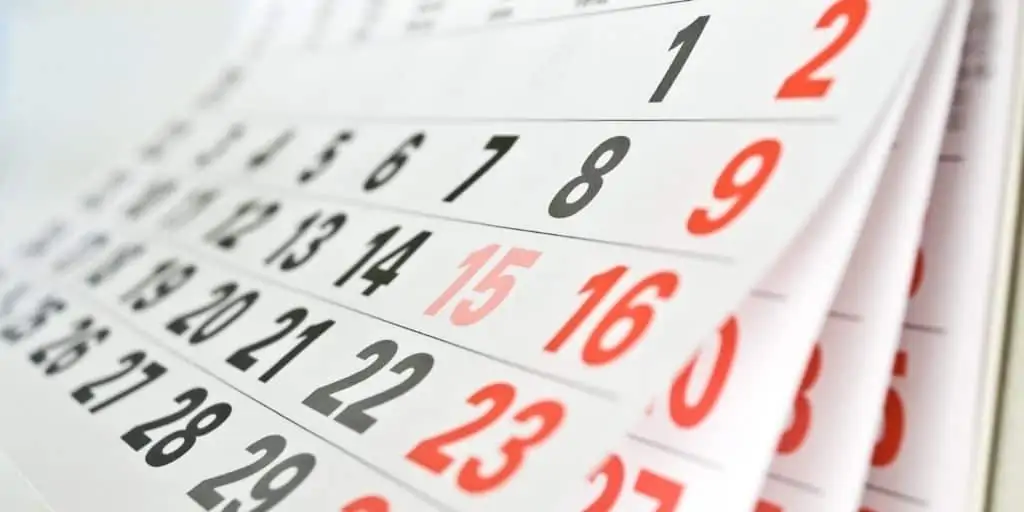
One of the great advantages of real estate investing is the ability to leverage other people’s money to build your own portfolio of assets. Assets that earn you money each month, even though you only put down a fraction of their cost with your own money.
But debt cuts both ways, so make sure you understand how to use debt to buy real estate safely before you start signing on every dotted line available to you.
How to Use Debt to Make Money in Real Estate
When people talk about leverage in real estate, they typically mean debt. Specifically, borrowing money to buy income-producing assets.
Debt can help you build a large portfolio of properties faster than you could otherwise. To use a simple example, imagine you have $100,000 in cash. You could use it to buy one investment property for $100,000, paying cash for it. Or you could buy five $100,000 properties, borrowing 80% of the purchase price for each, and putting down $20,000 apiece.
Even better, debt can also improve your cash-on-cash returns. Say you would have earned $7,000 per year on the property if you bought it in cash: a 7% annual return on your $100,000 investment. But after taking out a mortgage loan, you end up earning $2,400 per year on each property: a 12% annual return on your $20,000 investment. Buying five of those properties with your $100,000, you’d earn $12,000 per year total, rather than the $7,000 you would have earned had you bought a single property with cash.
But there are many ways to use debt to buy real estate—and to earn higher returns.
How to Use Debt to Buy Real Estate: Short-Term Debt Strategies
Broadly speaking, you can use either short-term or long-term debt to invest in real estate. Here are the two most common ways to leverage short-term debt for real estate investing.
Flipping Houses
Given the popularity of house flipping shows over the last two decades, everyone knows the premise behind flipping houses. You buy a fixer-upper, renovate it, and sell it to a home buyer looking for a modern, move-in-ready home.
And ideally, earn a healthy profit in a short timeframe.
Flippers typically borrow a hard money loan as short-term, purchase-rehab financing. The lender provides 70-80% of the purchase price and 100% of the renovation costs. You put down 20-30%, pay closing costs, and carrying costs for the few months that you own the property. If you want to take on higher risk, you can even explore ways to flip houses with no money down.
When you sell the property a few months later, you pay off your hard money loan, and can rinse and repeat with another property.
The BRRR Strategy
An acronym for buy, renovate, rent, refinance, the BRRR strategy works similarly to flipping houses, except you keep the property as a rental afterward. You still take out a hard money loan to finance the purchase and renovation, but after the rehab, you refinance the property with a long-term mortgage. That pays off your high-interest hard money loan.
It also potentially lets you pull your cash back out of the property. The refinance loan is based on the after-repair value (ARV), not your original purchase price, so you can often pull your original down payment back out when you refinance. That lets you keep buying more properties with no cash actually tied up in any of them—the ultimate example of how to use debt to make money.
Note that you don’t necessarily need to take out a hard money loan to cover the initial purchase and renovation costs. You can use business credit lines and cards opened through a service like Fund & Grow.
How to Use Debt to Buy Real Estate: Long-Term Debt Strategies
More often, real estate investors use long-term debt, as real estate is inherently a long-term investment.
While not an exhaustive list, here are a few common examples of how to use debt to buy real estate.
Rental Properties
You understand the basic premise: you take out a 15- or 30-year mortgage note to buy a rental property, and earn a smaller but still positive cash flow on the property. See the example above for how to use debt to make money on long-term rentals.
In most cases, you put down 20-30% of the purchase price and borrow the rest.
Note however that just because you use long-term debt, and buy and hold the property long-term, that doesn’t mean you need to rent the property long-term. You could rent it short-term on Airbnb to vacationers, or sign medium-term leases with corporate renters for a few months at a time.
Land
While the LTV tends to be lower, you can also take out a long-term loan against raw land.
Land investing comes with many perks. You don’t have to worry about maintenance or repairs, which means no hassling with contractors. You also don’t have to worry about tenants damaging your property, or for that matter about anti-landlord regulation or lengthy evictions if your renters default on the rent.
Land investors also have fewer competitors crowding the market and reducing returns. As for how they make money, land investors often flip parcels then provide seller financing, signing a private note. Or better yet, an installment contract where legal ownership doesn’t actually transfer until the renter-buyer pays off the property in full.
Learn more about how to finance land deals with debt if the idea intrigues you.
Mobile Home Parks
Another alternative real estate investment is mobile home parks. And again, if you’re wondering how to use debt to buy real estate, you borrow money to buy mobile home parks just like any other type of property.
Like land, less glamour means fewer competitors, and fewer competitors means higher returns. You also don't need to maintain physical houses, as your renters maintain their own mobile homes. That keeps your maintenance costs low and minimizes your contractor headaches.
Read this introduction to mobile home investing for more details.
Commercial Properties
While they typically cost more than residential properties, you can of course finance commercial properties as another option of using debt to buy real estate.
Commercial real estate doesn’t suffer under the same weight of regulation as residential real estate. That makes it easier to enforce lease contracts, collect rents, evict erstwhile tenants, and stay on the right side of the law.
However, expect shorter loan terms for commercial real estate. Commercial property loans typically range from 5-20 year terms, rather than 15-30 year terms.
Final Thoughts
Real estate offers a prime example of how to use debt to make money. In fact, the use of debt is one of the keys to becoming a millionaire real estate investor.
Even so, debt is dangerous. It’s all too easy to overleverage yourself, and discover you’re actually losing money on a property each month rather than earning it.
When you first start investing, use modest amounts of debt. As your expertise grows, you can get more aggressive and creative in using debt to buy real estate.
What are your greatest questions about how to use debt to make money in real estate?












